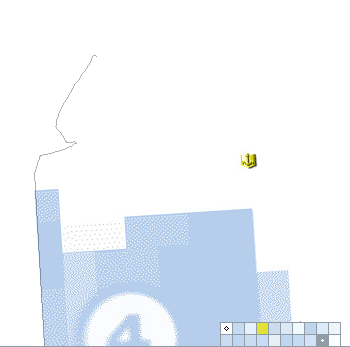Here is something from the archives—I might edit it a bit, but no need—
It is common to hear someone say that they are overwhelmed with the range and possibility within making and studying design. Visual language is big—some would say it is everything or affects everything. Where to start? What path(s)? And when the path is taken, it sometimes runs into a dead end. So here we have the problem of too much and not enough. In all of this, it is always good to define context, but this doesn’t always work because you have to also believe in a few things. Let’s ask some questions to get at some essential beliefs:
DO I WANT TO DO THIS? The first step in many design processes is acceptance of the problem/situation. For those first starting out in design, they are generally motivated by the love of making things—they love invention and the creation of statements and questions. In other words, these folks like to communicate and explore language. Wanting to do this is generally not an issue. Wanting to do a specific thing within art or design is another matter, as is the prospect of learning design in one setting or another. This leads us to…
DO I NEED TO DO THIS? As students in a university setting, the THIS is about engaging with the place, people, and activities—including the uncomfortable and abstract oddities that one may encounter. OK, so maybe you do not need to do this—it just does not fit you and your learning style or your life or your beliefs. Really, you may be best served inscribing banana leaves on a desert isle for 10 years—this may bring you your enlightenment as a holistic creative being (help you find your muse). Needing to do THIS should be something one believes in and this is different than believing myths about when, where, how, and what one must do to do this thing—be successful, happy, knowledgeable, productive, have a career, design, make, attend university. To really answer this question, we need to have solid answers to the next question…
WHY AM I DOING THIS? Banana leaves aside, I think one goes to university for two reasons. First to engage with other humans in meaningful face-to-face dialog and secondly, to name things and by so doing form connections. The social aspect of learning is of great value and it has everything to do with your role as a learner, a student of design, and eventually an active designer engaged with others to bring about some greater meaning. All art and design is about communication and meaning-making—living solely in your own head is not enough in this regard. Learning languages and exercising their use leads to invention, possibility, and greater meaning.
After considering these three questions, one may find a logic and a belief that underscores their love of making as an engagement with others through language and to further explore such things requires a social setting—greater the dialog/greater the possibilities. Having belief in what one is doing—finding energy to move forward based on reason—is essential. This can simply be summarized for the artist and designer by believing or maybe just considering: FORM = LANGUAGE = LEARNING or DESIGN = EDUCATION.
In considering beliefs, reasons, motives, and specifically why we are here doing this, context has been proposed. Really the primary context that any communicator/artist/designer should be concerned with is that of language, dialog and making connections. This brings us back to the TOO MUCH as in the overwhelming range of form/language from geometric abstractions of circle, triangle, and square to the seeming realities of photographic representation to symbols, signs, and word. This TOO MUCH should not result in confusion or despair—it should simply be recognized within its range and possibility—it should be accepted. Within it all you will begin to discover sentence combinations that are more meaningful and reach more people or fewer people but with even greater directed meaning.
For the design student or the established designer, it is a daunting proposition—it is too much. We all need to accept that we live in a time when we must admit knowing very little. Putting that fact in its place allows us to be learners and make our best effort without needing to be right. This also makes us honest! The ability to accept the daunting scales of language and contemporary design practice will have us focus on those things that are efficient and effective. Instead of being overwhelmed by it all, we can be empowered by the task at hand and our place in making greater meaning—wrangling the exponential growth of information for better understanding. TOO MUCH? There is never too much—that is why we do this—it is the challenge.
With TOO MUCH out of the way, NOT ENOUGH is really easy. The idea/concept/next move dead-end which hits us all can be overcome by the TOO MUCH we just talked about. If we accept form as language and the act of making as always carrying meaning, then we simple continue to make marks and assess them. Period. Many folks try to work it all out in their head. They must have a concept fully-devised and tested before they put a mark on the paper. To do this is to deny form and that the act of form-making/language-making—literally the gesture of hand moving across paper drawing.
Considering mark-making as research can be very helpful. What am I drawing? I do not know but I am drawing and I am seeking/researching possibilities within what is on the page. This is the necessary dialog that must occur between hand, eye, gut, and brain. You are stuck with the NOT ENOUGH, well, have you tried blue? Red? Curvilinear? Typography? Xerography? Spoken word? Do you believe in form?

